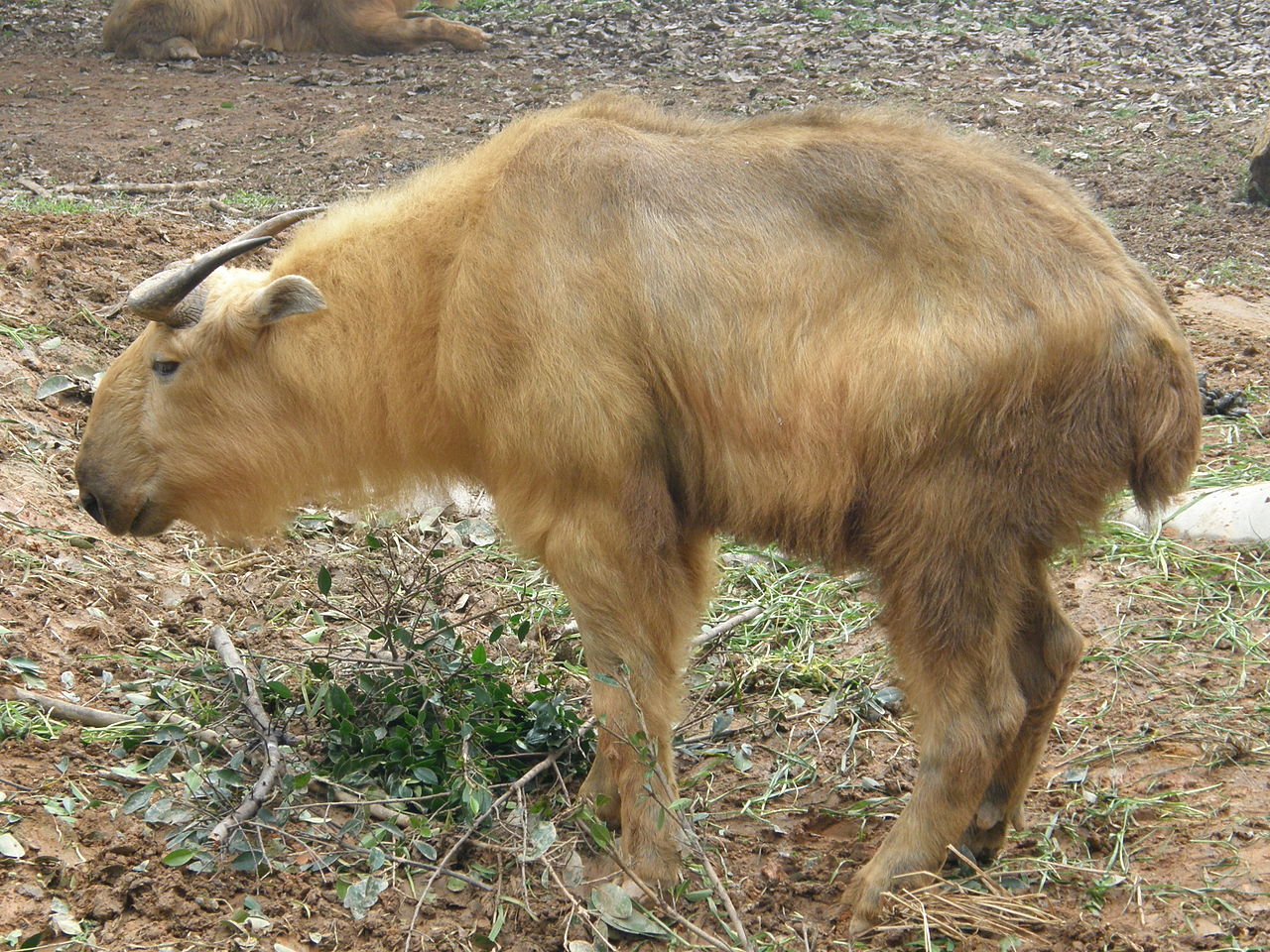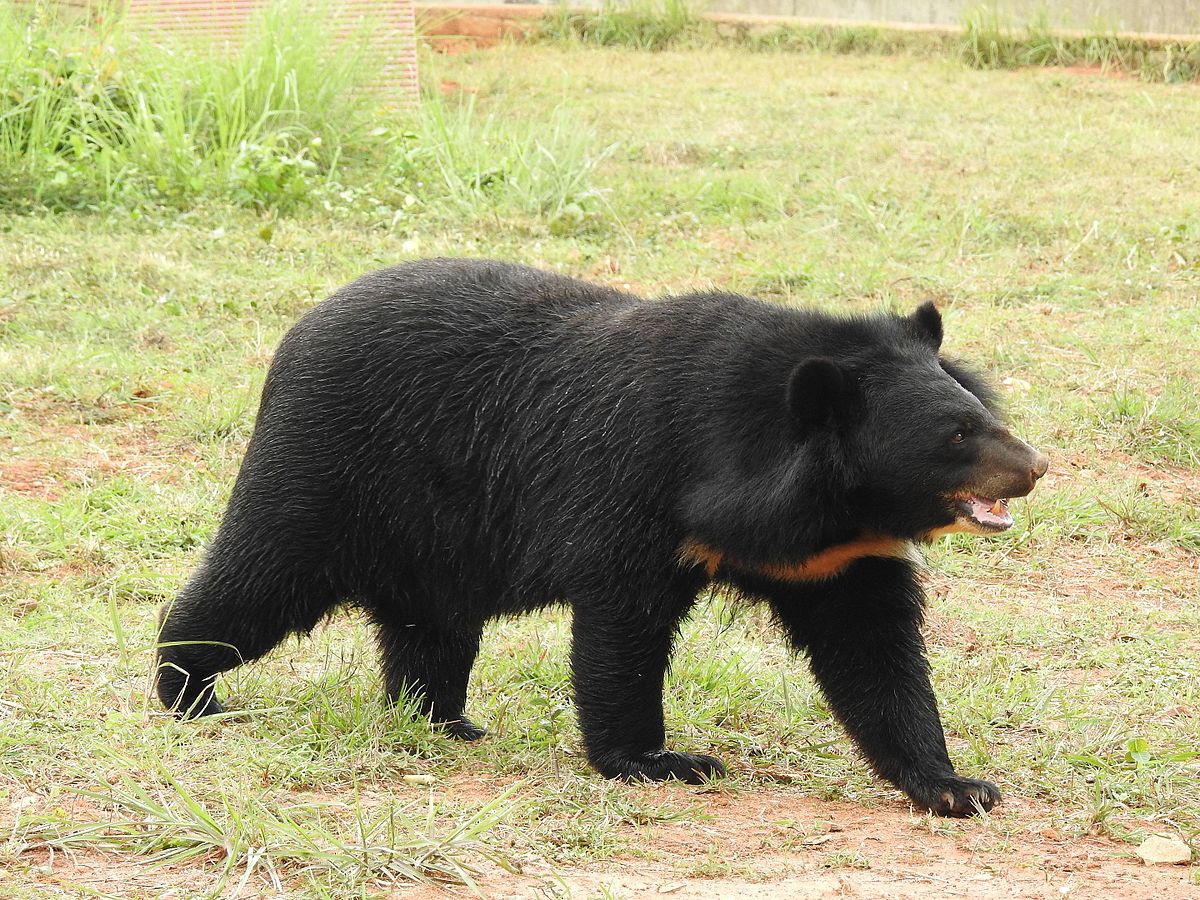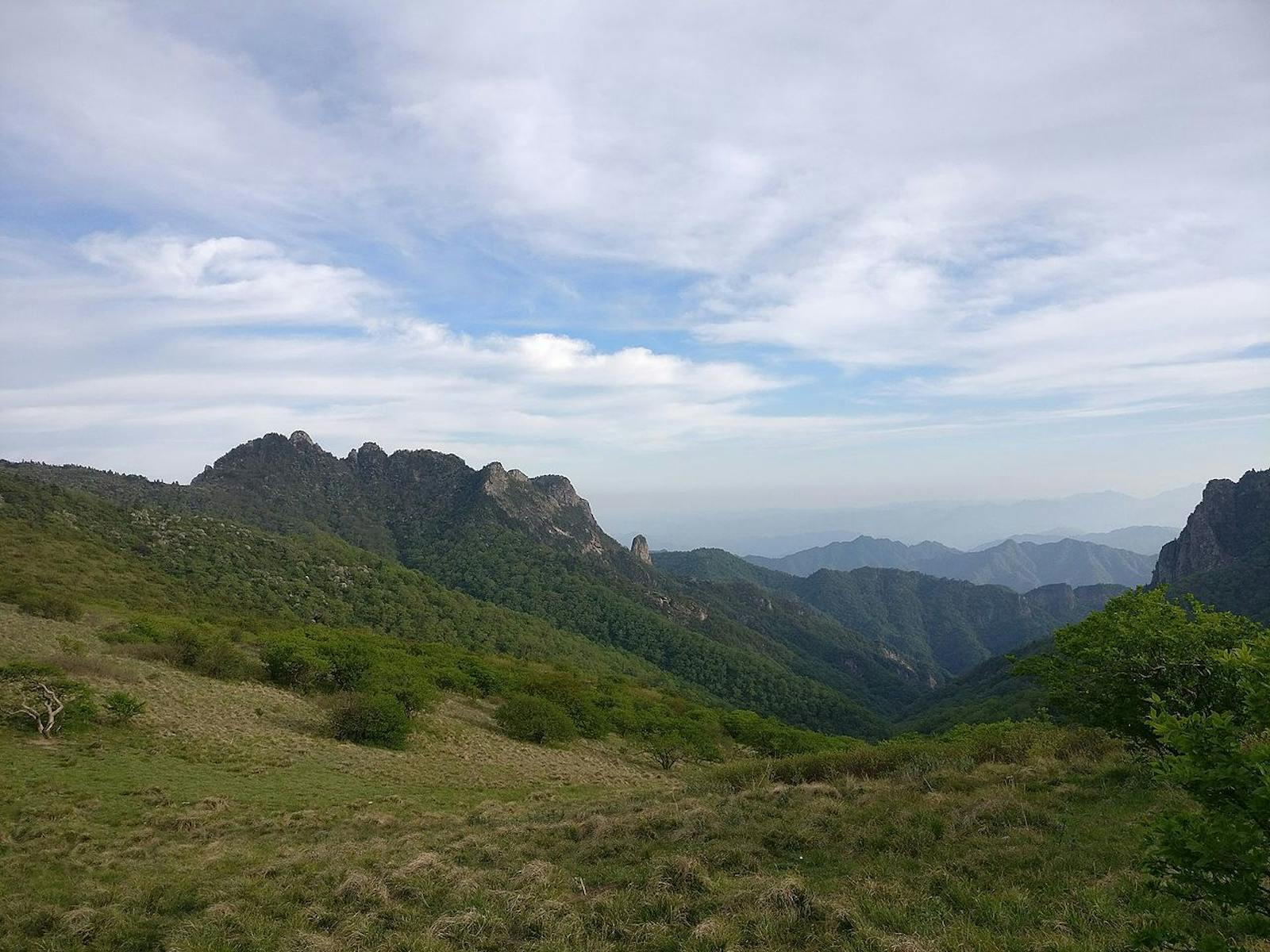Qin Ling Mountains Deciduous Forests
The ecoregion’s land area is provided in units of 1,000 hectares. The conservation target is the Global Safety Net (GSN1) area for the given ecoregion. The protection level indicates the percentage of the GSN goal that is currently protected on a scale of 0-10. N/A means data is not available at this time.
Bioregion: Sichuan Basin & Central Mountain Forests (PA51)
Realm: Eastern Eurasia
Ecoregion Size (1000 ha):
12,360
Ecoregion ID:
677
Conservation Target:
14%
Protection Level:
7
States: China
The Qinling Mountains first formed more than 200 million years ago as a suture zone where the tectonic plate of Southern China, moving north, accreted to the Asian continent. More recent tectonic activity, impelled by India’s ongoing collision with the rest of Asia, has raised Tibet and revived the rapid uplift and steepening of the Qinling Mountains. Trending east-west, the range divides China’s two great rivers, the Changjiang (Yangtze River) to the south and the Huang He (Yellow River) to the north. A mighty biogeographic barrier, the Qinling Mountains helps to divide China’s northern, mostly deciduous temperate forests from its southern, mostly evergreen subtropical forests.

The flagship species of the Qin Ling Mountains Deciduous Forests ecoregion Qinling giant panda. Image credit: Creative Commons
The Qinling Mountains have a maximum elevation 3,700 m. Because they face north, they are subject to strong, cold winter winds so that forests here are characterized by plants and animals that have a temperate affinity. The Qingling climate is transitional from subtropical to temperate, with annual precipitation at about 850 to 950 mm, wet enough to produce the dense forest cover and high bamboo diversity necessary to support a high density of giant pandas.
Low elevation foothills support forest types that have disappeared from the plains to the north. Foothill tree species that include many oaks (both deciduous and evergreen), deciduous broadleaf trees such as elm, walnut, maple, ash, and Celtis, evergreen broadleaf trees like chestnut, and conifers like Chinese red pine. Although many of these tree species have cousins in the forests of Europe and North America, the taxonomic diversity within most of these genera is significantly higher in central China than Europe.

Red panda. Image credit: Wikimedia Commons
At middle elevations, conifers like Armand pine intermingle with birch, hornbeam, and yet more members of the oak family. Above 2,600 m in the western region where the mountains approach Tibet, these mixed stands give way to a subalpine association of fir, larch and birch, with dense thickets of rhododendron scrub and arrow bamboo. One tree species restricted to this zone is the Chinese fir. Alpine areas above 3,000 m support some Pleistocene relic species and many plants reputed to have medicinal value.
Compared to adjacent plains north and south, the Qinling Mountains are rich in wildlife. Foping, Zhouzhi, and Tangjiahe Nature Reserves in the southwest part of the ecoregion collectively support flagship species for conservation that include giant panda, takin, Sichuan snub-nosed monkey, red panda, and clouded leopard. They co-occur with many other less well-known but no less fascinating or ecologically significant mammal species: Chinese serow, Chinese goral, dwarf musk deer, Asiatic black bear, hog badger, and the red and white giant flying squirrel. In aggregation, these three contiguous reserves protect an intact bioclimatic transition from temperate broadleaf forest to alpine scrub.

Takin. Image credit: Wikimedia Commons
Birds of the Qinling Mountains Deciduous Forests include golden pheasant and Temminck's tragopan. Compared to adjacent ecoregions to the south, the bird fauna of the Qinling Mountains has a temperate Eurasian character with titmouses, tree creepers, and nuthatches active in the forest; the Indomalayan taxa of Southern China are much reduced here.
While the Qinling Mountains have long been known as the northern margin of giant panda habitat, it was only in 2005 that the Qinling panda was recognized as a distinct subspecies of giant panda. The Qinling panda is distinguished by its slightly smaller size and fur that is brown rather than black. Its wild population is estimated at 200–300 individuals in 2008.2,3 A high concentration, about 60 bears, inhabits the Foping Reserve (350 km2).

Asiatic black bear. Image credit: Wikimedia Commons
A proximity to historical centers of political power like Xi’an and Luoyang means that the Qinling range has important sacred sites. Two mountains, Hua Shan and Taibai Shan, are Daoist sanctuaries that have been protected for centuries. More recently, nature reserves have been established in the less accessible western part of the Qinling Mountains in order to protect giant panda, their habitat, and the other species resident within it.
Historically, this ecoregion has been threatened by heavy logging and unsustainable hill slope agriculture in the 20th century. These have mostly been banned, but remediation is still needed. Recent threats are driven by urban development on adjacent plains and growing recreation pressure. Illegal construction of thousands of vacation homes has been a problem in the Eastern Qinling mountains. The Government has demolished many of these in recent years.
Priority conservation actions for the next decade are to: 1) pursue connectivity of panda habitat by extending Foping Nature Reserve eastwards to include the Longcao Ping panda corridor; 2) strengthen connections between Foping and Zhouzhi Reserve; and 3) as the ecoregion becomes more accessible, ensure that ecotourism development does not put additional stress on wildlife populations.
Citations
- Carpenter C. 2000. Eastern Asia: Eastern China. https://www.worldwildlife.org/ecoregions/pa0434. Accessed November 2018.
- Wan, Q.H., Wu, H., Fang S.G. 2005. A new subspecies of giant panda (Ailuropoda melanoleuca) from Shaanxi, China. Journal of Mammalogy 86: 397-402.
- World Wildlfe Fund, China. 2007. Qinling Panda Focal Project. https://web.archive.org/web/20071027140508/http://www.wwfchina.org/english/sub_loca.php?loca=27&sub=90.



